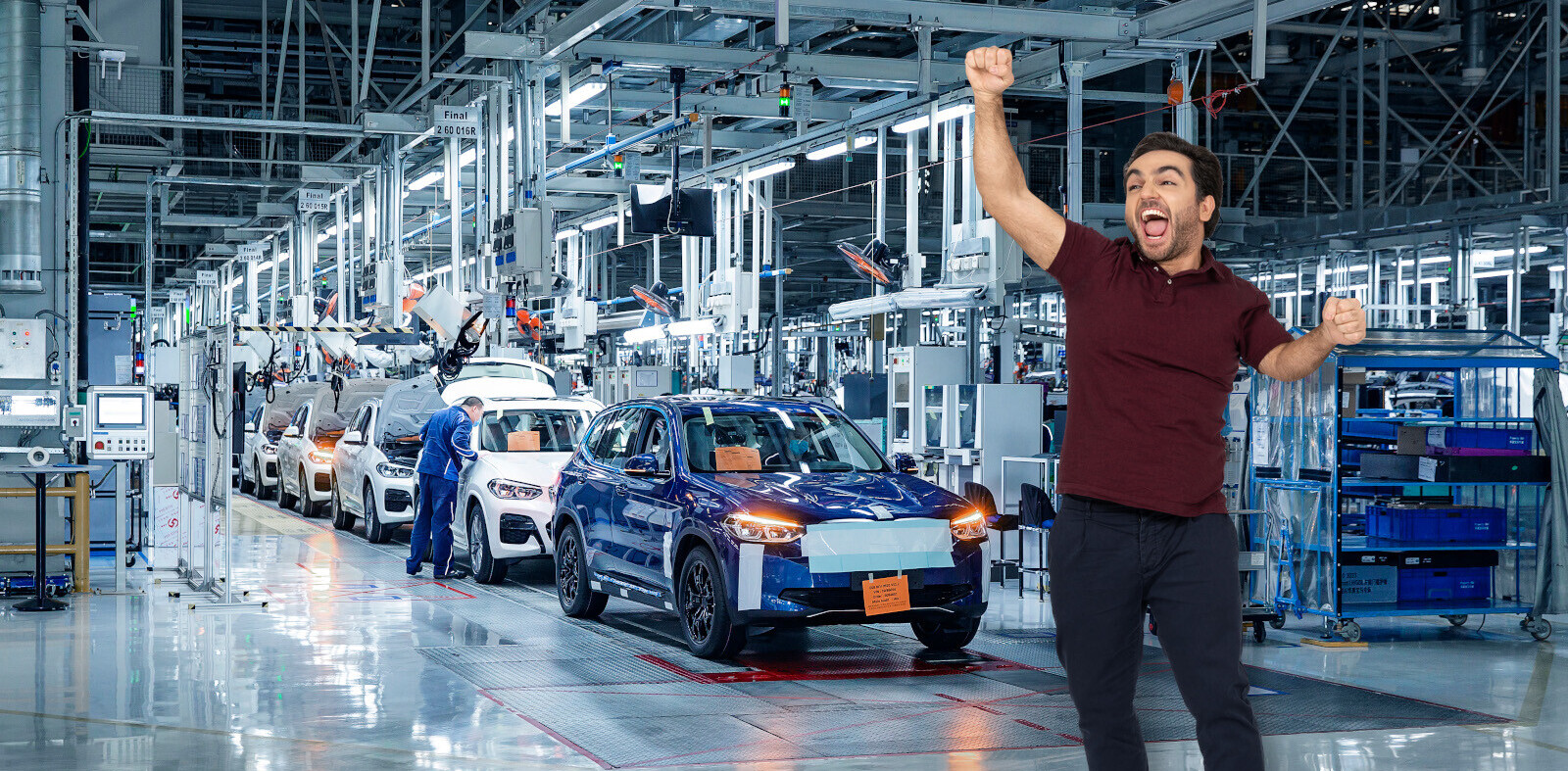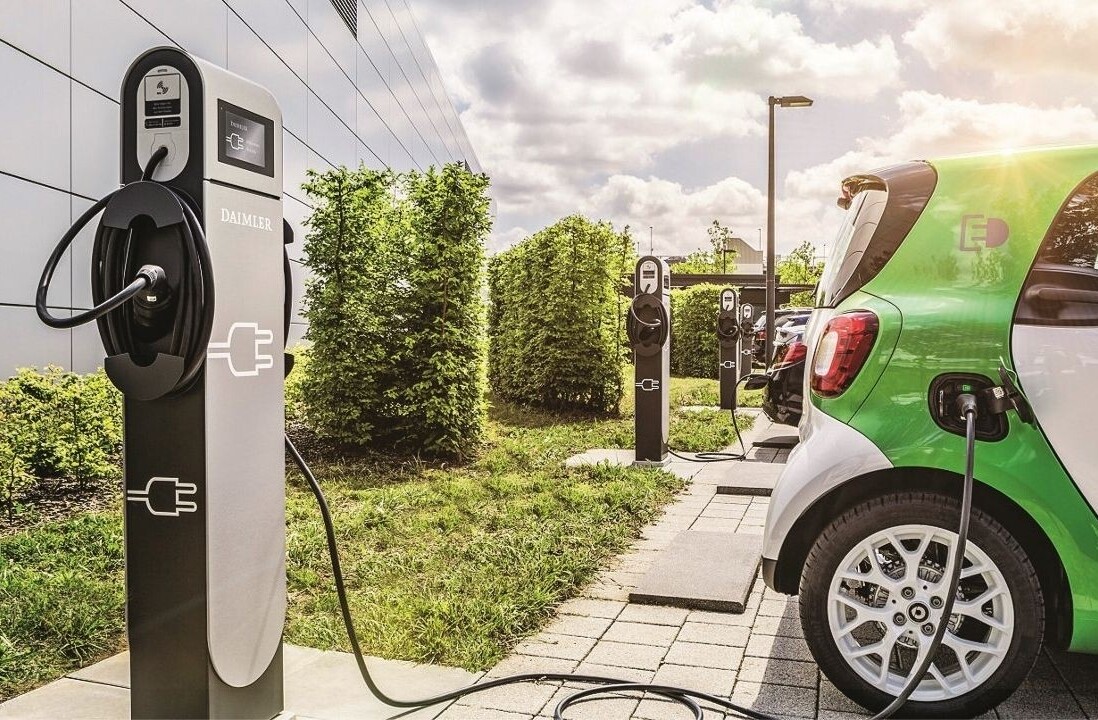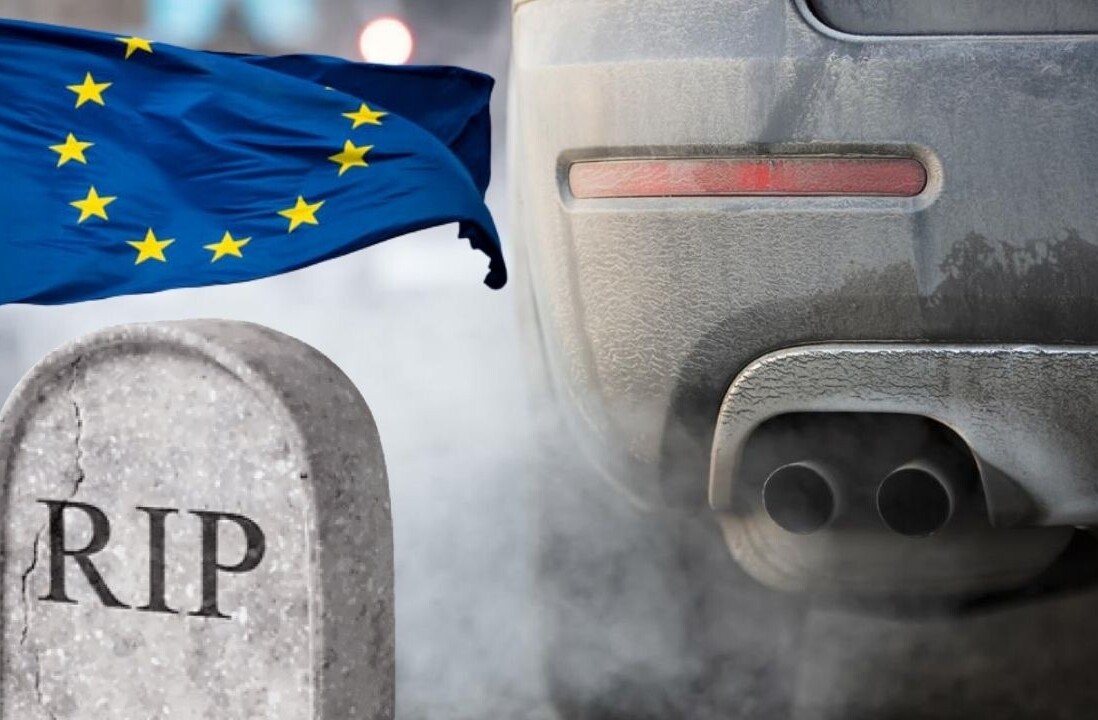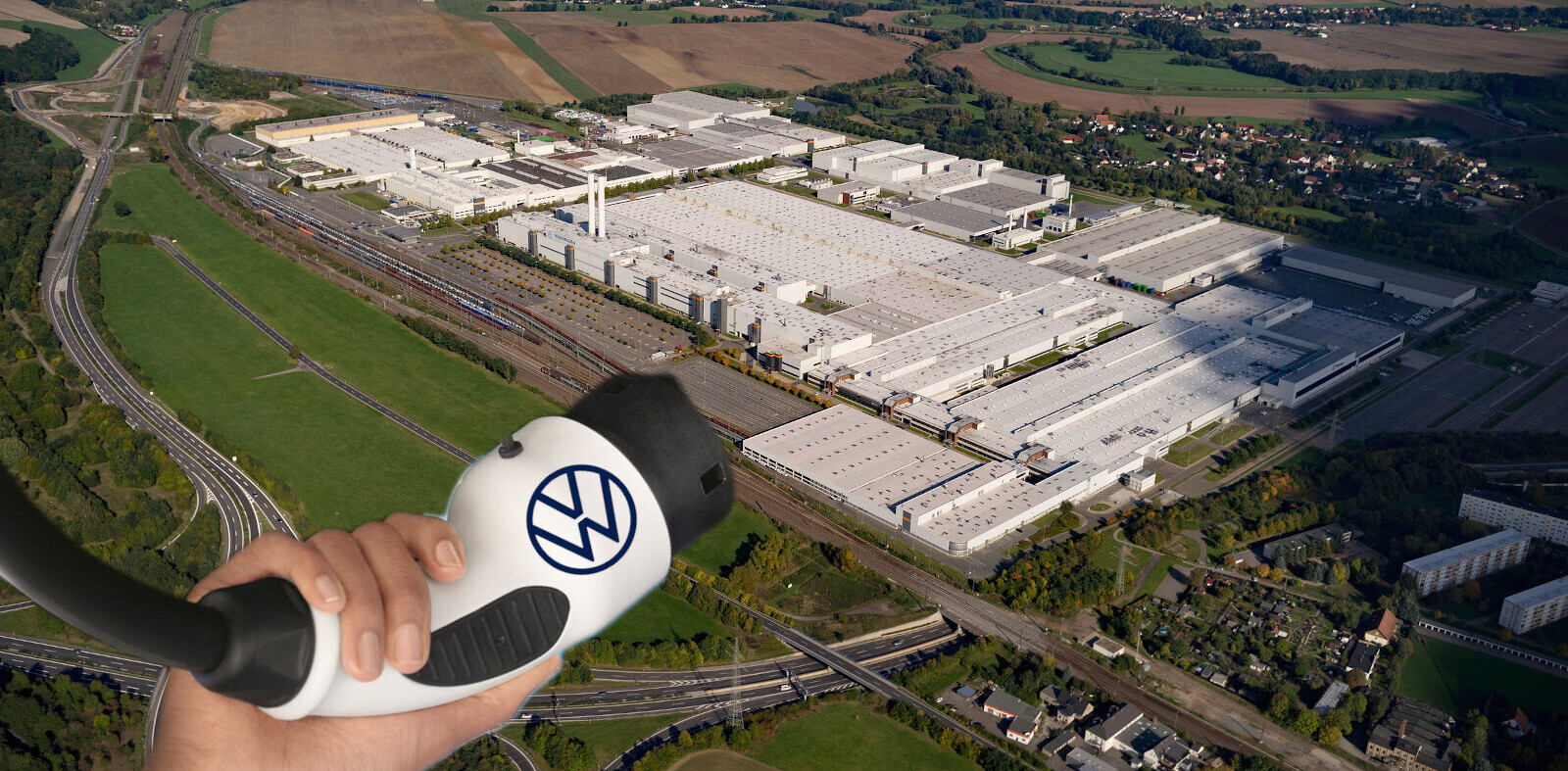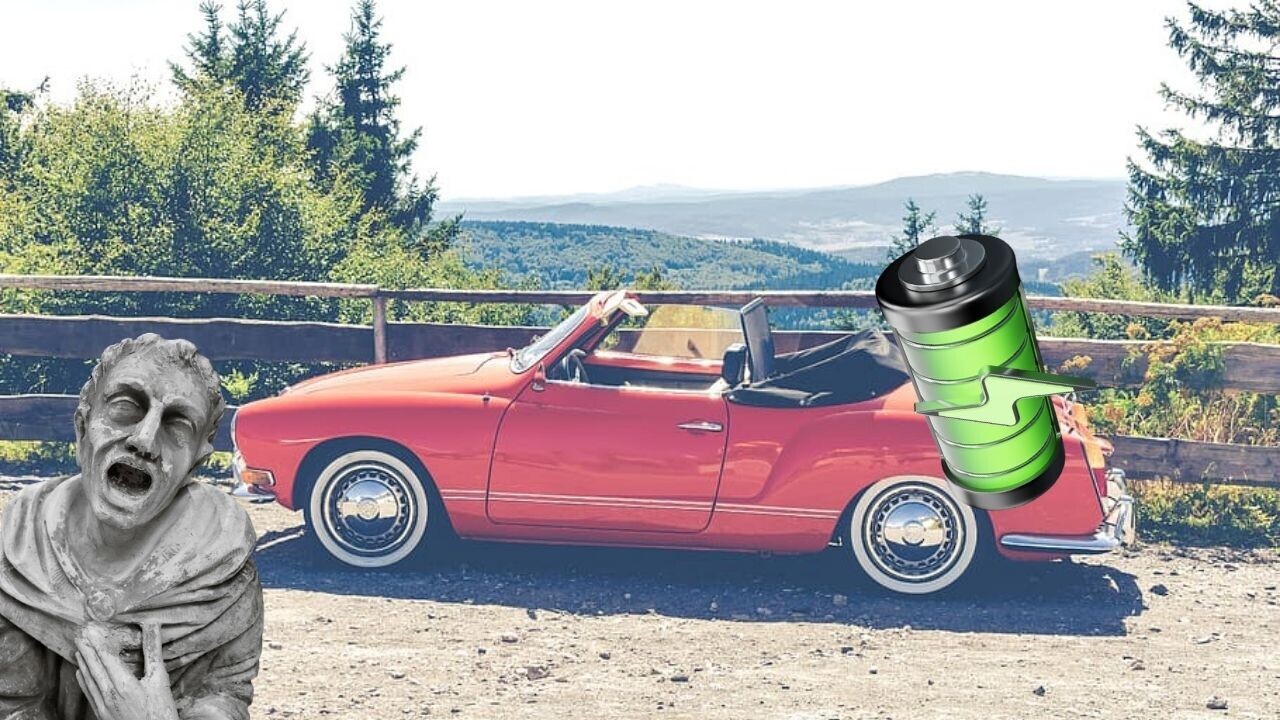
If there’s one topic that’s likely to elicit strong feelings among vehicle aficionados, it’s the conversion of a classic car into an electric vehicle.
During the past few years, there’s been a flurry of electrified classic vehicle unveilings from newly launched independent firms, such as Lunaz, Electric Classic Cars, and Electrogenic, as well as an array of manufacturer-backed efforts including Jaguar’s E-Type Zero, Volkswagen’s e-Kafer, and the Renault 4 e-Plein Air.
Yet not everyone’s happy about it and many among the antique car enthusiasts find the conversion to electricity, well, a sacrilege.
Is a classic car still “classic” if converted?
For some the answer’s a big NO.
The altering of classic cars was first renounced in 2019 by the Fédération Internationale des Véhicules Anciens (FIVA) — translated as the “International Federation of Ancient Vehicles.”
According to the body’s statement:
Conversion of historic vehicles from their internal combustion engines to electricpower doesn’t comply with the FIVA definition of a historic vehicle, nor does it support the goal of preserving historic vehicles and their related culture. In FIVA’s view, vehicles so converted cease to be historic vehicles, unless they are subject only to “in-period” changes.
Similar is the view of Wayne Scott, director of the Federation of British Historic Vehicle Clubs, who said to the BBC:
While I would never dictate what people choose to do with their cars… I advise people to think about the effect of changing our heritage by converting it. The soundtrack of the engine is part of the experience of the car, and what makes it special. Refitting that is like taking the best Rolling Stones album and re-making it on a Casio keyboard and trying to tell people it’s the same experience.
Fears over altering a classic car’s essence and missing out on the original experience are also shared by members of the Antique Automobile Club of America (AACA):
As for the conversion of a collector’s car: to me the engine is very much the heart of the automobile. Change that and you change the whole character. I could never so much as own something with a transplant.
Would I convert an old car to electric? No. As others have said, that’s not really the point. I like the sound and feel of an old engine doing its thing. Replacing it with technology kind of removes the whole for having an old car in the first place.
As a big fan of EVs as I am, I would have a hard time wanting to convert an older car. […] You have to add 1,000 lbs (453kg) to the car for the batteries — which of course requires changes to the entire suspension, braking, steering, etc.
Are the arguments valid?
Well, to a certain extent they are. Antique cars are testaments to past human engineering ingenuity, and the combustion engine is an essential part of that.
As with any historic artifact, to replace any part of its core elements, means that you reduce its authenticity. But do you also diminish its historical value?
The parallel of architecture
Let’s take another example from a more illuminating field on the matter: architecture.
Below you can see a photo of the buildings in Amsterdam’s city center.
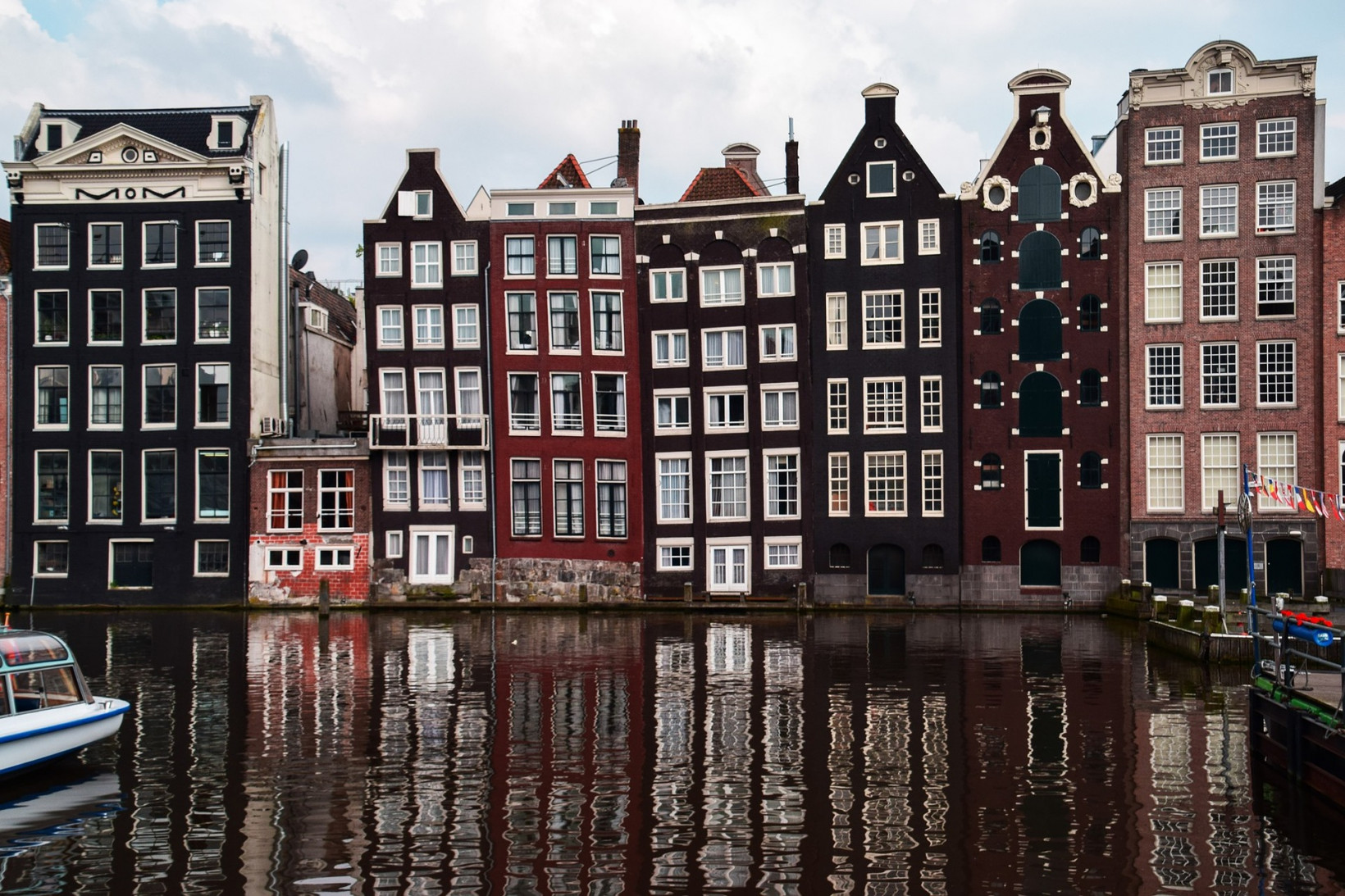
These buildings have national heritage status as historic artifacts of Dutch culture. It’s illegal to make changes to their exterior design and they can’t be demolished.
But to be livable and functional in the modern era, their interior has undergone various restorations.

Does this reduce their historic value or character? No, it certainly doesn’t.
Reinvention is necessary for future preservation
The same principle can be applied to classic cars. As much as the buildings of Amsterdam, antique vehicles need to be reinvented in order to fit into the future, which — let’s face it — is electric.
We can keep the classics in a museum and admire them for their heavy heritage, but this way we simply fossilize them as a part of our past, as an artifact that has no relevance in the word we live in.
Instead, the conversion of such vehicles into EVs can actually bring them from the past into everyday use, actively preserving their memory rather than burying it.
Yes, we may miss out on the experience of the engine’s roaring sounds and feel… but this argument has nothing to do with classic cars.
It’s the main argument in favor of any petrol or diesel vehicle, which mostly indicates our difficulty to let go of the familiar and embrace a big, unfamiliar change.
Do EVs excite your electrons? Do ebikes get your wheels spinning? Do self-driving cars get you all charged up?
Then you need the weekly SHIFT newsletter in your life. Click here to sign up.
Get the TNW newsletter
Get the most important tech news in your inbox each week.

